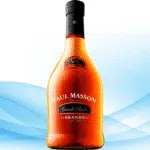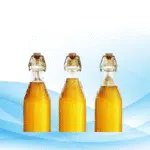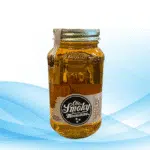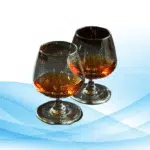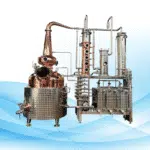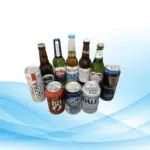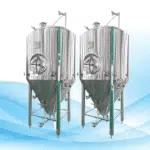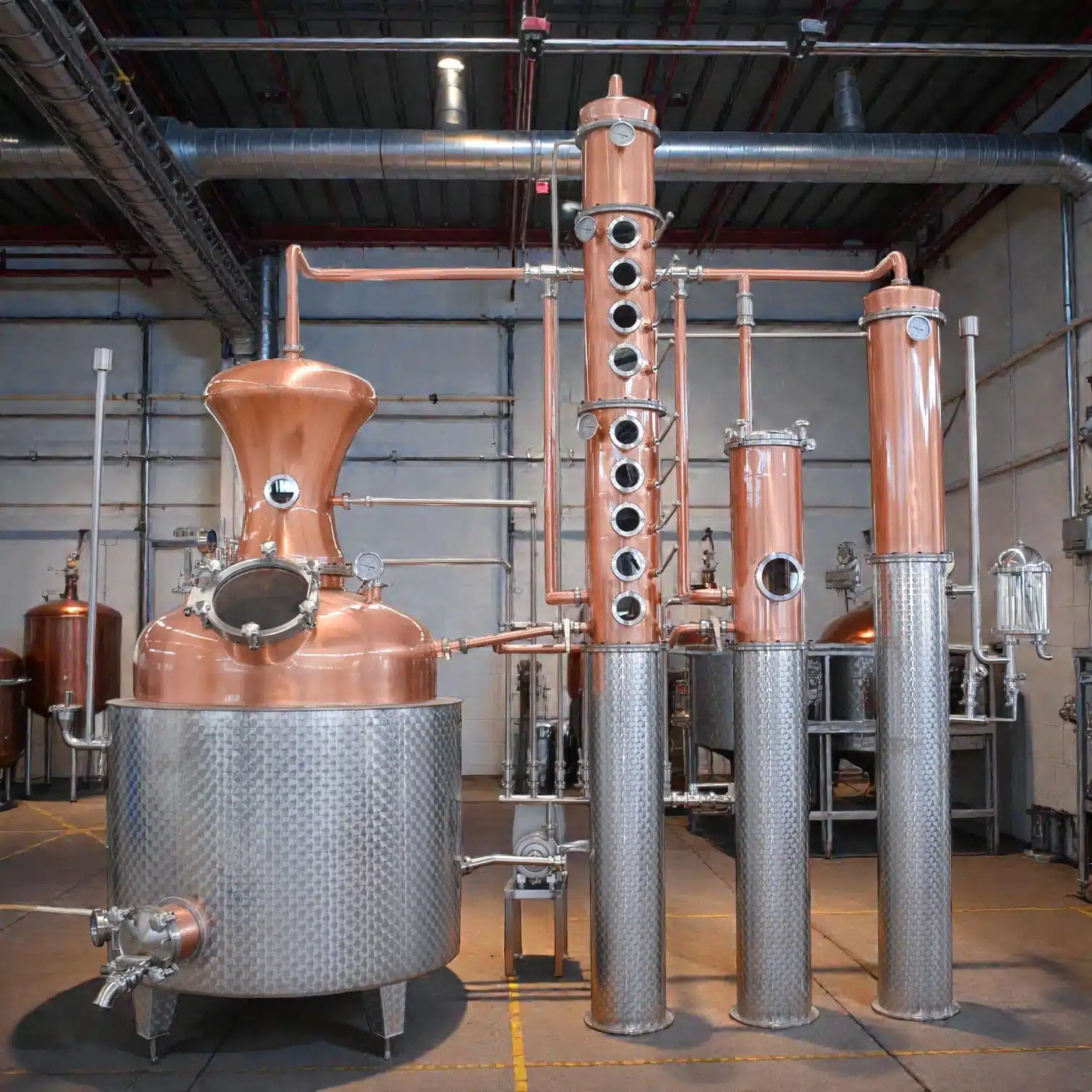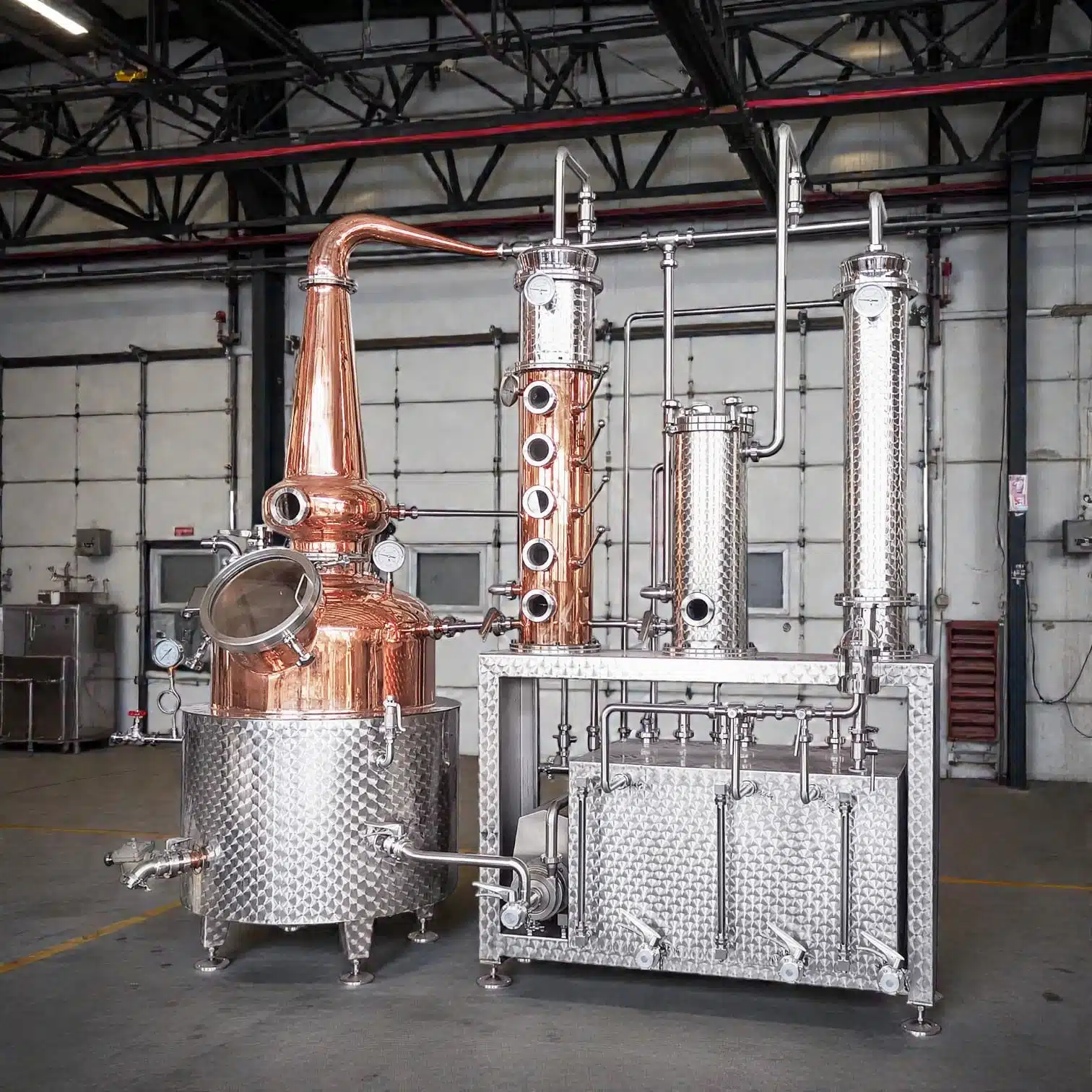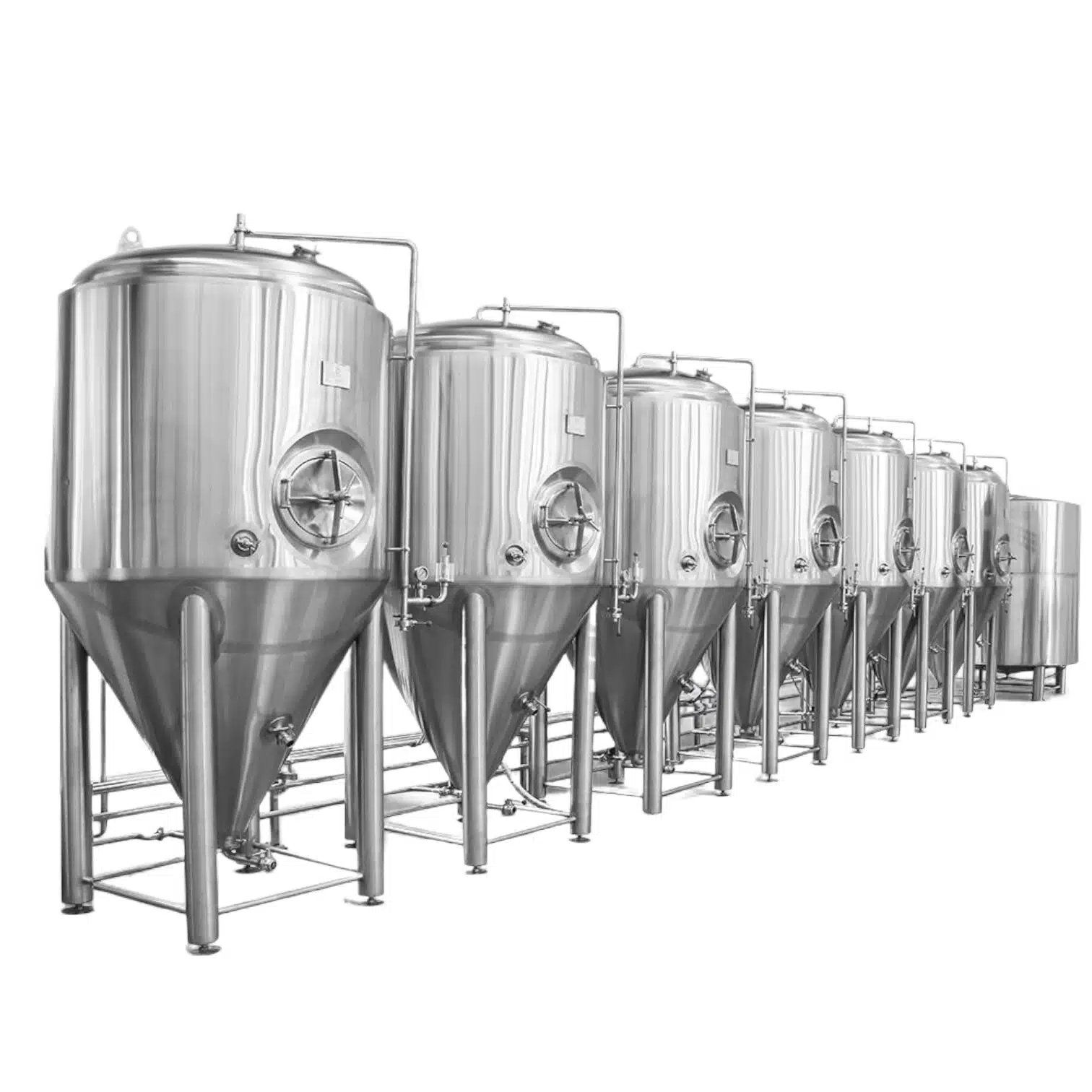Introduction to Bourbon Whiskey
Bourbon whiskey is perhaps the most quintessentially American spirit, and its story begins in the rolling hills of Kentucky. Distillers mash a bill of grains dominated by corn, then let the mixture ferment, distill, and ultimately rest in fresh, charred oak barrels that impart those signature caramel and vanilla notes. Although federal law insists that only liquor made on U.S. soil may bear the name bourbon, a global fan base has propelled it to the back bars of Europe, Asia and beyond.
If you have ever wondered what it takes to craft this storied drink at home, the following sections walk you through the process, bit by careful bit. From measuring out grains to monitoring temperature, bourbon making is a labor of patience and precision; skip a step or rush the clock, and the final spirit will tell the tale. By studying each stage, learning what can go wrong, and keeping good notes, you can look forward to pulling a handwritten bottle of bourbon off the shelf before long.

Understanding Bourbon Whiskey: Ingredients and Requirements
Key Ingredients for Making Bourbon
To make bourbon whiskey, you’ll need a few key ingredients:
- Corn (at least 51 percent of the grain mixture): This gives bourbon its characteristic sweetness and rich body.
- Barley (usually malted): Barley helps with fermentation by converting starches into sugars.
- Rye or Wheat: Some bourbons use rye for a peppery kick, while others choose wheat, giving the whiskey a smoother, softer feel.
- Water: Purified water is crucial, first to cut the spirit during distillation, then again when the barrel finally breathes.
Legal Requirements for Bourbon Production
U.S. lawmakers laid out clear rules that every bourbon must follow if it wants the name:
- It must be made in the United States.
- The grain mash must consist of at least 51% corn.
- It must be distilled to no more than 160 proof and barreled at no more than 125 proof.
- Bourbon must be aged in new charred oak barrels, and no colors or flavorings may be added.
- If a distiller wants to call the bourbon “straight,” it must rest in the barrel for at least two years.
Step-by-Step Process for Making Bourbon Whiskey

Step 1: Mashing the Grains
Mashing kicks off the bourbon-making journey. Corn, barley, and rye or wheat are ground fine and soaked in steaming water. Heat softens the kernels, and enzymes from the malted barley turn the starch into fermentable sugar. After stirring, the mash is left to cool, ready for yeast.
Step 2: Fermentation
After cooling, the mash is inoculated with yeast, beginning fermentation. The yeast metabolizes residual sugars, producing alcohol and carbon dioxide. Under optimal conditions, the process lasts three to seven days, with temperature and yeast vigor serving as key variables. The output, called wash, contains roughly six to eight percent alcohol by volume.
Step 3: Distillation
The wash is next transferred to a still, where the liquid is slowly heated until the alcohol evaporates and can be captured. Because alcohol boils at a lower temperature than water, its vapour can be routed into a separate container. Once cooled, this clear spirit-commonly called new-make spirit or white dog-is collected until distillation is complete.
Step 4: Aging the Whiskey
The new spirit must then sit in fresh charred oak barrels for at least two years, though many producers choose to age it far longer. Charred wood contains caramelized sugars, and as the whisky breathes in and out through the barrel staves, it picks up notes of vanilla, nutmeg, and toasted caramel. The interaction with wood, climate, and time gives each batch its distinctive personality.
Step 5: Bottling and Enjoying
When aging is finished, the whisky is gently filtered and sometimes cut with water to reach the desired proof. Once bottled, the spirit is ready to be sipped neat, poured over ice, or shaken into a classic cocktail such as an Old Fashioned or Whiskey Sour.
Common Mistakes in Bourbon Making and How to Avoid Them
Hobbyist distillers often run into familiar problems that affect home bourbon. Knowing what to look for can save time and spirit.
- Improper Mashing: When the grains are not mashed thoroughly or mixed with enough water, fermentation stalls, and weak, thin flavors emerge.
- Wrong Yeast Strain: A generic or stale yeast fails to convert sugar efficiently. Always select a vigorous strain specifically designed for bourbon.
- Distillation Overheating: Letting the wash boil too fiercely brings out harsh fusel oils. Monitoring heat closely eliminates unwanted notes.
- Rushing the Aging Process: Bourbon drawn too soon from the barrel tastes raw and sharp. Patience allows wood to round edges and deepen aroma.
Tips for Crafting Better Bourbon Whiskey
Passionate distillers never stop learning. Try these simple tweaks to raise quality with each batch.
- Experiment with Mash Bills: Slightly changing grain ratios steers flavor in new directions. More corn adds sweetness, while extra rye introduces spice and bite.
- Monitor Temperature Carefully: During both fermentation and distillation, keep the temperature steady. Excessive heat can produce off-flavors that spoil the spirit.
- Use High-Quality Water: Because water dominates whiskey by volume, use clear, filtered water to enhance clarity and taste.
- Aging in Smaller Barrels: Smaller barrels have a greater surface area, so they accelerate maturation and introduce wood characters sooner.
Conclusion & Frequently Asked Questions
Conclusion
Crafting bourbon is equal parts science and artistry. From ingredient selection through long months of aging, every phase demands close attention. Newcomers and seasoned hobbyists alike will improve their spirit by following these key tips.
Frequently Asked Questions
- How long does it take to make bourbon? Aging usually requires 2 to 12 years, though fermentation and distillation add only a few weeks.
- Can I make bourbon at home? Yes, but check local laws first, since home distilling is strictly regulated in many regions.
- What makes bourbon different from other whiskeys? To qualify as bourbon, a whiskey must contain at least 51 percent corn, be aged in freshly charred oak barrels, and be distilled in the United States. These rules give bourbon its distinctive sweetness and rich color, separating it from Scotch, rye, and other whiskey styles.

